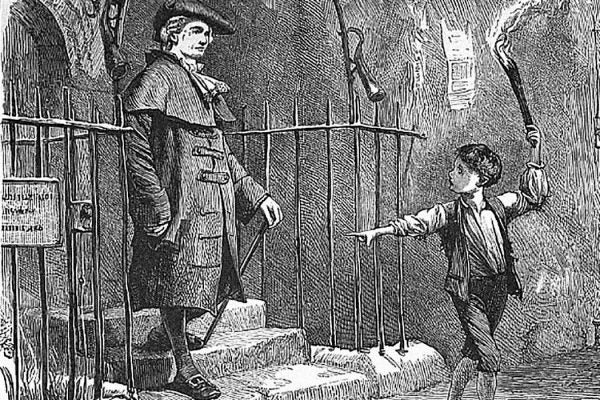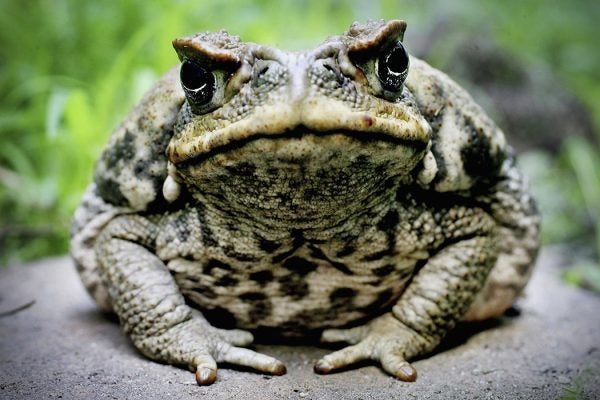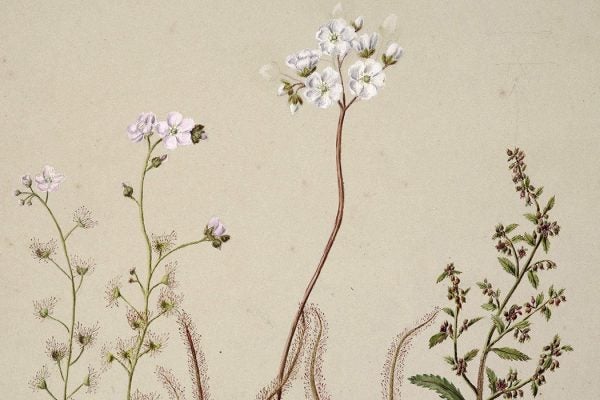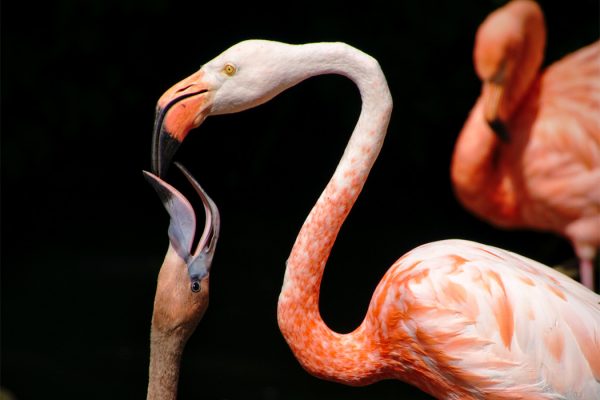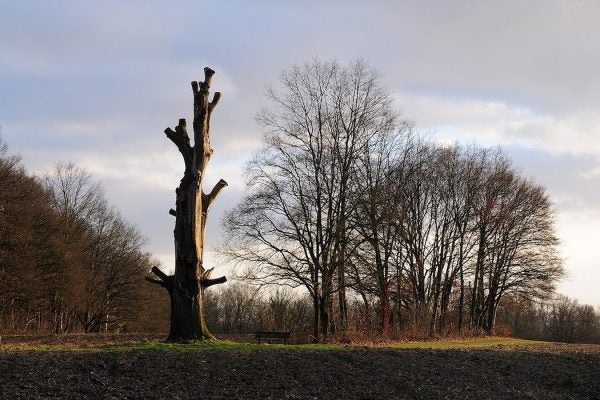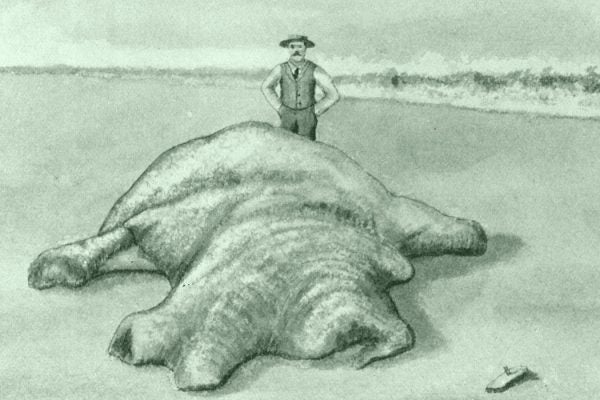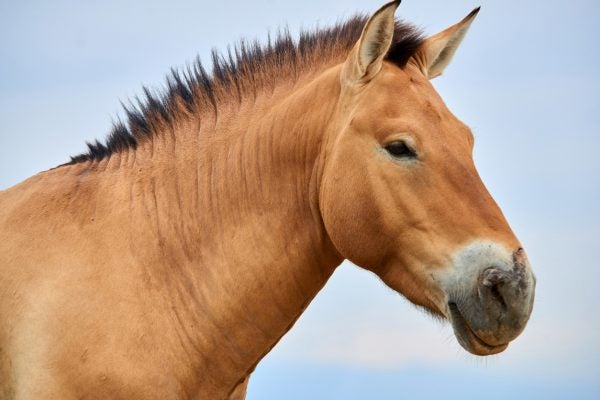Walking Streetlamps for Hire in Seventeenth-Century London
Much in the same way we hail cabs in cities today, a medieval Londoner could hail a torch-bearer (a link-boy) to light their way home from a night on the town.
Cane Toads, Dung Beetles, and Cork Hats
Predicting the effects of introducing a species into an ecosystem is difficult. Mitigating those effects later is even more so. Just ask Australia.
Plant of the Month: Sundew
Beautiful but deadly, the carnivorous sundew has long fascinated amateur and expert botanists alike—and may possess untapped medicinal value.
Plant of the Month: Venus Flytrap
The carnivorous plant, native to the Carolinas, has beguiled botanists and members of the public alike since the eighteenth century.
How Non-Mammals “Nurse” Their Young
Some birds feed their young with "crop milk," while discus fish feed their fry with a special mucus. It may not seem as cute as nursing, but it works.
Why Do Some People Have Curly Hair and Others Straight?
Either environmental or sexual selective pressure began acting on hair after humans began dispersing out of Africa.
What’s Killing European Trees?
Soil fungi supply nutrients to trees, but as they wither from pollution, trees suffer too.
The Myth of the St. Augustine Monster
The idea of the gigantic octopus has tantalized marine scientists for years, although its existence had never been conclusively proven.
Restoring the Prehistoric Horse
It’s the National Day of the Horse! Do You Know Where the Real Wild Horses Live?
California’s Plague of Poisonous Mushrooms
In the last couple of months, fourteen Californians have learned the hard way when they accidentally ate highly poisonous “Death Cap” mushrooms.
